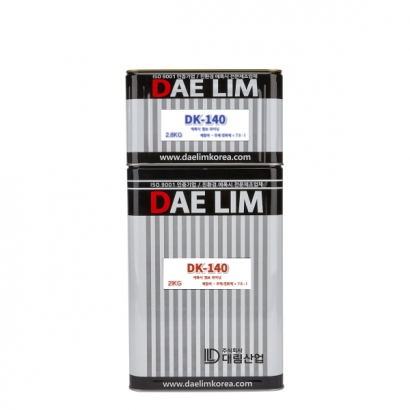
Noise Reduction: Effectively reduces noise generated by vehicle movement and turning, maintaining a comfortable noise level in environments such as parking lots.
Excellent Slip Resistance: The embossed surface enhances the slip-resistant properties of the flooring, ensuring safe driving and walking.
Outstanding Durability: The flooring offers excellent water resistance, abrasion resistance, and chemical resistance, making it highly durable in various environments.
Category | Epoxy Embossed Lining (DK-140) | |
Resin | Hardener | |
Type | Epoxy | Polyamine |
Appearance/Color | Green, Gray, Other | Light yellow |
Mixing Ratio | Resin/Hardener = 7.5 : 1 | |
Pot Life | 40 minutes ± 10 minutes (25℃) | |
Full Curing time | 24 hours ± 5 hours | |
Theoretical Consumption | 1.5 kg / ㎡(1mm) | |
Packaging Unit | 21kg | 2.8kg |
1. Surface Preparation
2. Priming
3. Crack Filling
4. Intermediate Coating (Epoxy Lining and Embossed Lining)
5. Topcoat Application